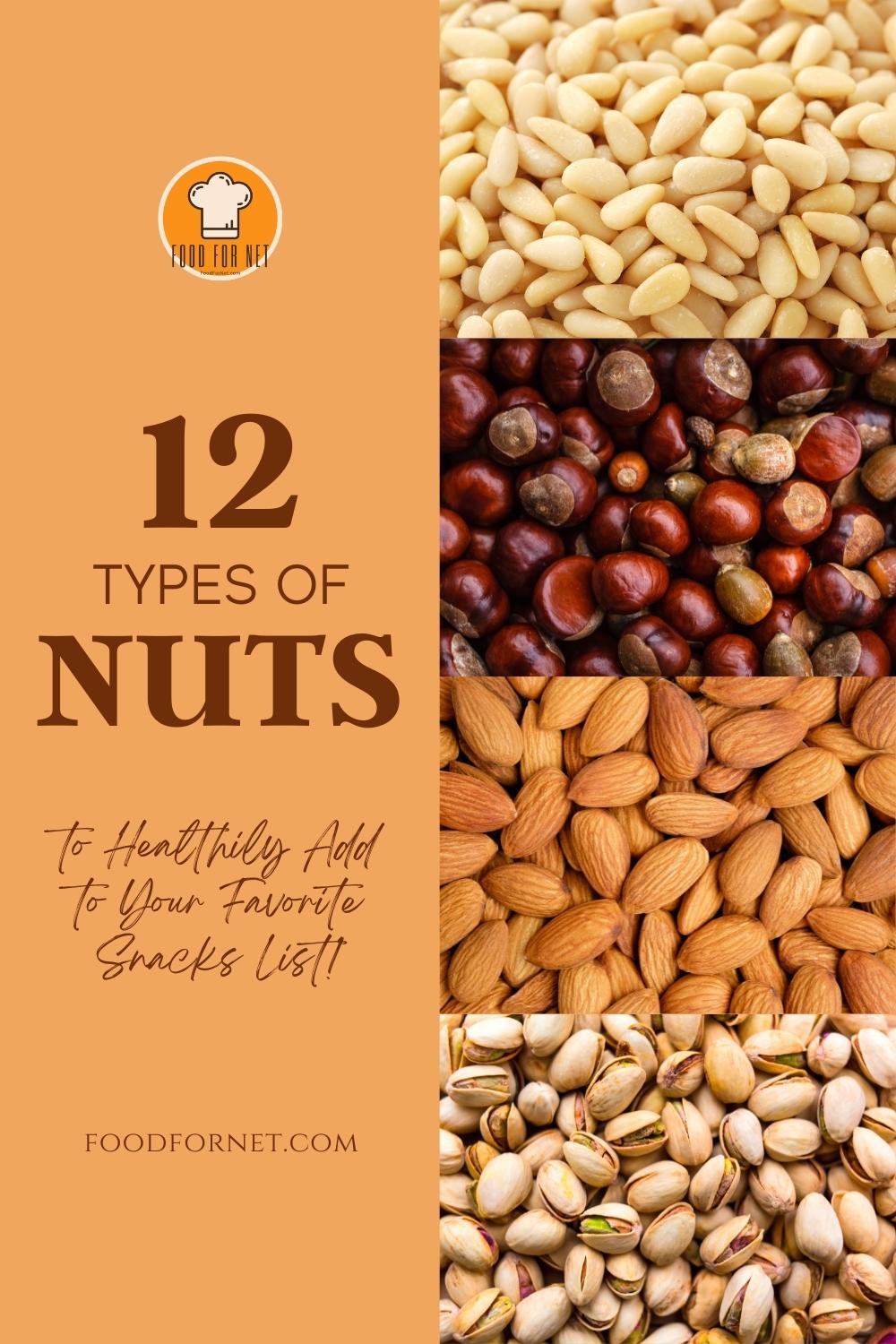
We always hear how nuts are actually good for our health. How it’s supposed to be part of a balanced diet. How a small handful every day is said to be beneficial to us. But do you ever wonder which types of nuts exactly? After all, there are so many nuts out there, right? Does it matter which nut? Are some nuts better than others? Should you eat nuts, to begin with?
Let’s find out together.
Nuts are nutrient-dense foods rich in unsaturated fats, high-quality protein, fiber, minerals, tocopherols, phytosterols, and phenolic compounds. So, right off the bat, we can see how nuts can really do wonders for our health. They’re known to help in reducing the risk of heart disease, improving blood sugar and blood pressure levels, boosting levels of good cholesterol, and decreasing bad cholesterol levels. Nuts’ antioxidant content also helps in fighting free radicals and reducing oxidative damage. They’re also known to decrease calorie consumption and improve digestive health.
As to which types of nuts are the best, it would seem that it varies depending on if you’re particular with what nutrition are you after. For instance, when it comes to monounsaturated fats, macadamia is at the forefront with 58.9g MUFA (Mono Unsaturated Fatty Acids) per 100g. But when it comes to protein content, peanuts are in the lead. Furthermore, hazelnuts seem to be your choice of nuts if you’re particular with the fiber content.
That said, it would seem that these nuts are generally healthy regardless of the type. So, you probably should be more concerned about how you consume them – raw, dry-roasted, or cooked in oil. Of course, you’re better off eating it raw or dry-roasted without salt. You see, that’s where most have problems with their nut consumption – they love snacking on roasted and salted nuts, sure it tastes different and ‘better’ for some, but those sodium content can easily add up if you’re not too keen about portion control.
Keep it at about a small handful or equivalent to 1.5 ounces of whole nuts, and again preferably unsalted, raw, or dry roasted. But of course, stay away from nuts if you have a nuts allergy – it’s actually considered one of the major food allergens. So, if that’s the case for you, then regardless of whether nuts are healthy, for you it’s absolutely a no-no.
For most of us who are free to enjoy just every type of nuts, here’s a list of the most common ones. Get to know them and see which ones would likely make it to your grocery list. And while these common nuts can be readily found in almost any grocer, there are some exotic types of nuts, that may be harder to find.
Although botanically speaking nuts referred to a kind of dry fruit that has a single seed with a hard shell and protective husk, we also included in the list those that are generally known to us as nuts even if they’re not exactly true nuts.
Types of Nuts (With Pictures!)
Almonds
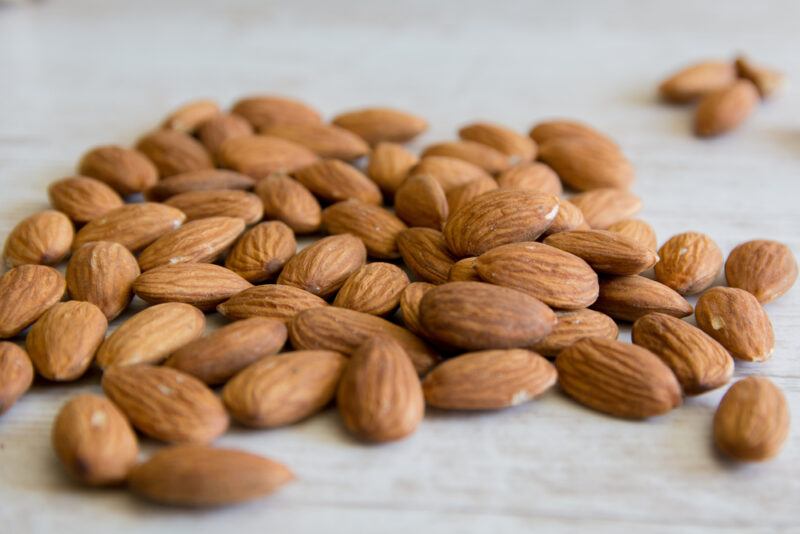
Almond is the seed of a species of tree that is native to Iran and surrounding countries. It’s one of the drupaceous nuts that are not true botanical nuts. The almond fruit is a drupe that actually consists of an outer hull and a hard shell. And the almond we’re more familiar with is the almond seed.
Almonds in addition to their fiber, protein, and healthy fats content, are also a great source of vitamin E, magnesium, and manganese. It also contains copper, riboflavin, and phosphorus.
Almonds are also available in sliced, flaked, or slivered form. Aside from snacking on almonds, it can also be used in sweet or savory dishes. Say in your muffins, sauteed veggies, or even in your smoothies!
Brazil nuts
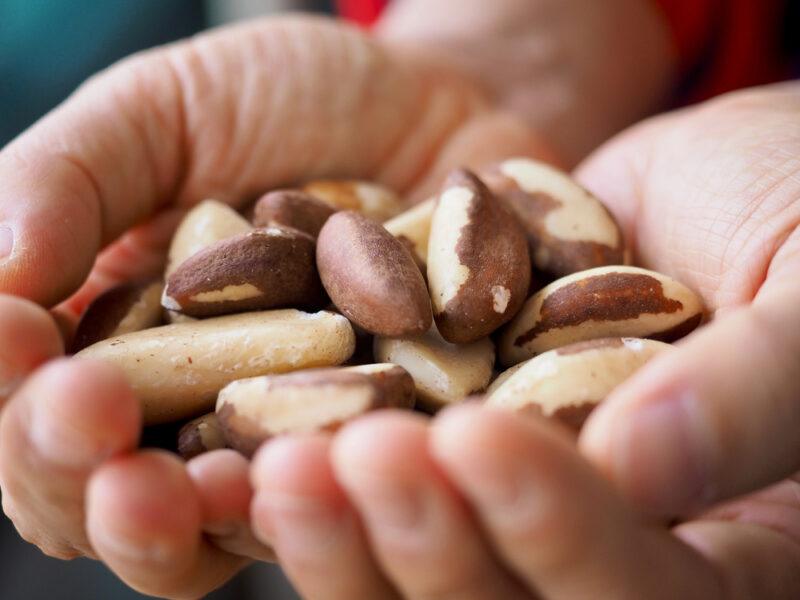
Brazil nuts like almonds are technically a seed. It’s the seed of a South American tree which is considered the largest and longest-lived tree in the Amazon. The fruit – in which the nutshell containing the Brazil nut, is pretty large in size and can in fact weigh as much as 2kg.
Brazil nuts are particularly known for their high selenium content. And on top of its protein, fiber, and healthy fats content, it also has other nutrients like magnesium, calcium, zinc, and vitamin E.
Brazil nuts can be eaten raw or roasted. They can also be used in baking both as an ingredient in the recipe or for garnishing or decoration.
Cashews
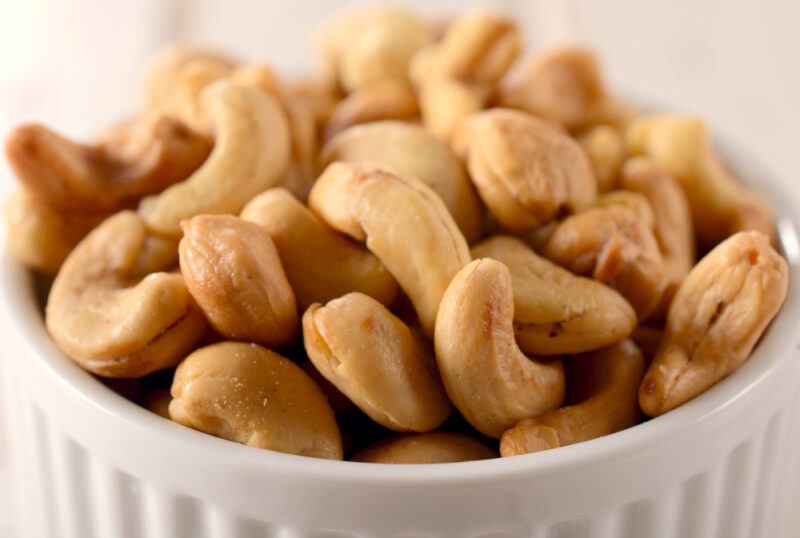
Cashews are the seeds of the accessory fruit called cashew apple. They’re quite interesting because the kidney-shaped drupe grows outside and hangs at the end of the cashew apple instead of inside the fruit like most seeds.
Aside from cashews’ protein, healthy fats, fiber, and antioxidants content, it also boasts polyphenols, magnesium, manganese, phosphorus, zinc, and vitamins B6 and K.
Cashews can also be used in sweet or savory dishes. They can also be pureed into butter, blend into milk, or ground roughly for toppings to your salad, smoothies, or baked goodies.
Chestnut
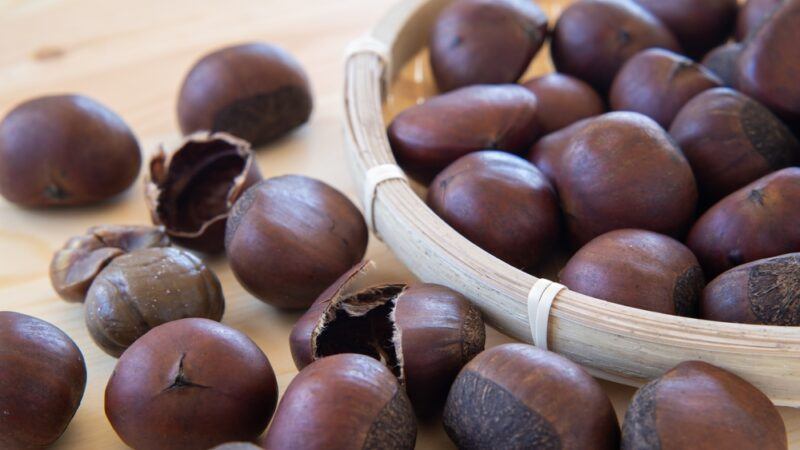
Chestnut is a nut that strictly falls under the category of a real nut – dry fruit with a single seed, hard shell, and protective husk. It’s a large brown nut that is often cooked and eaten hot – you know, the ones you’re probably familiar with sold in the street in brown bags? Yes, those are roasted chestnuts.
Chestnut is quite unique among nuts because it’s rich in vitamin C – in fact, half a cup can give you 35-45% recommended daily intake of vitamin C. It also contains calcium, magnesium, zinc, iron, copper, manganese, and vitamins A, E, and B complex.
Unlike most nuts, chestnuts need cooking before they’re eaten. This is mainly due to its tannic acid content – which could cause nausea, stomach irritation, or liver damage. To remove them from their skins, they have to be boiled or roasted first.
Hazelnut
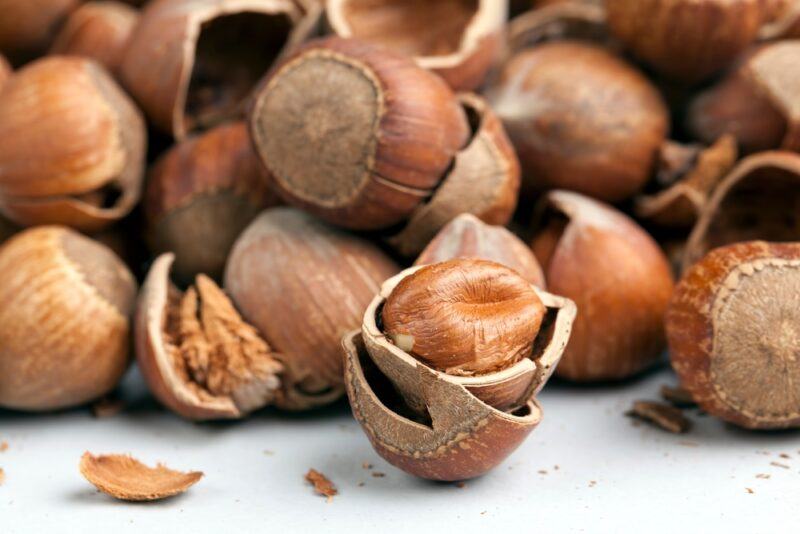
Hazelnut, like chestnut, is a true nut. It’s the fruit of the hazel tree that depending on the species may appear somewhat spherical to oval shape or elongated with an outer fibrous husk that surrounds a smooth shell.
Hazelnut is a great source of omega 6 and omega 9 fatty acids content. And in addition to protein and fiber, it’s also rich in vitamin E, manganese, copper, and antioxidants.
Hazelnuts, aside from snacking, are usually used in baking and desserts. They’re oftentimes used in combination with chocolate to make chocolate truffles or chocolate bars, or hazelnut cocoa spread.
Macadamia
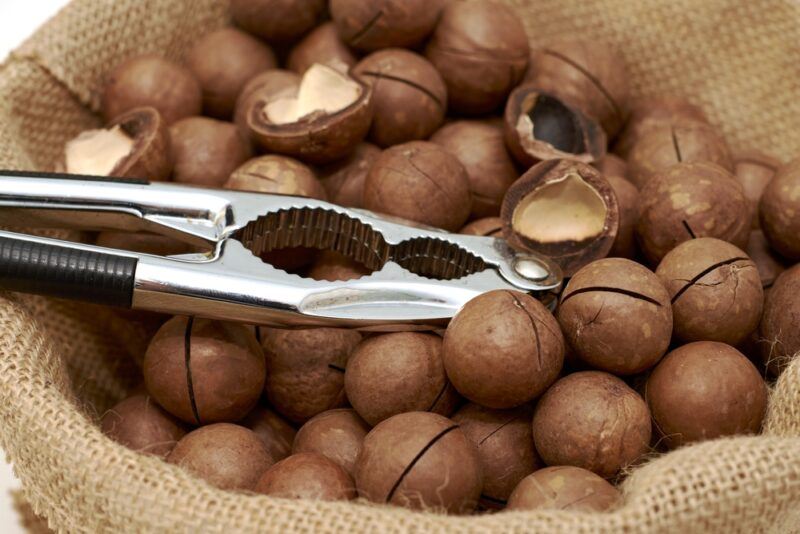
Macadamia nut is from the fruit of a tree species indigenous to Australia. It’s also called Queensland nut, maroochi nut, bauple nut, bush nut, and Hawaii nut. It’s the most expensive nuts in the world, basically, because of the scarcity of supply – it will take a tree 7-10 years before it starts producing nuts.
Macadamia nut, as mentioned above contains the highest content of monounsaturated fatty acids among the common types of nuts. It’s also a good source of manganese and thiamine. Macadamia nuts also contain copper, magnesium, iron, and vitamin B6.
Macadamia nuts can also be used as a dairy substitute. You can also make butter from it. Or you can simply roast them at a low temperature and straight-up snack on them. It can also be lightly crushed and used for toppings in salads or baked products.
Peanut
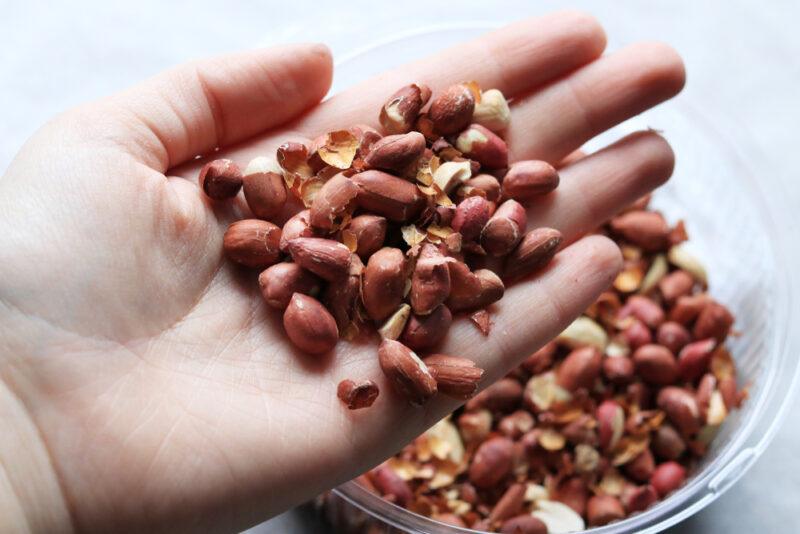
Peanut is actually a legume. It is in fact part of the family Fabaceae or the legume or pea family. But culinary-wise, we’ve always known it to be a nut. And besides, it looks and tastes like a nut, so nut it is, agreed?
Peanut, like most nuts, is rich in protein, fiber, and fats (of which a large amount is actually good fats). It’s also an excellent source of calcium, iron, potassium, magnesium, and antioxidants.
They’re great for snacking but will also do great in cooking – say for making peanut sauce or peanut butter. Fun fact, you can also eat that brown papery skin because it actually contains many of its antioxidants and phytochemicals content.
Pecans
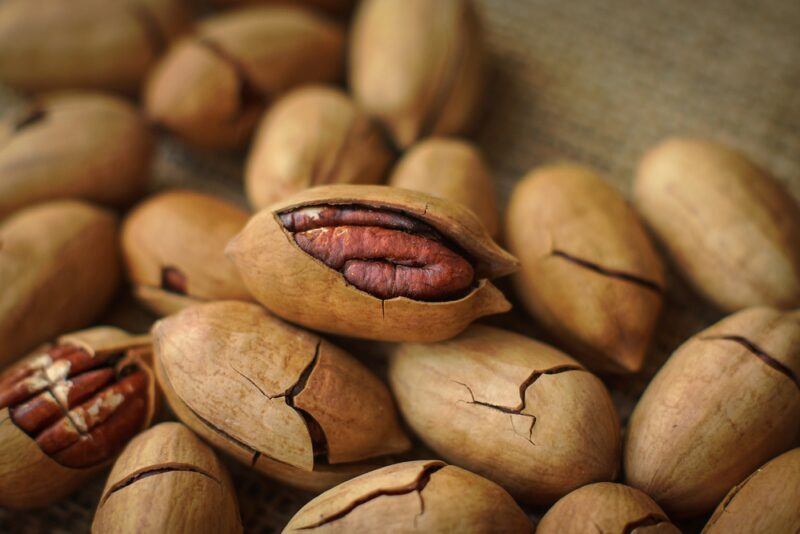
Pecan, from the fruit of the pecan tree, is also not truly a nut. It is a drupe with a single stone that is surrounded by a husk. And although it starts out green, it browns as it matures. It splits off in four sections when it’s ready, releasing the seed inside with a thin shell.
Pecans, in addition to their fiber, protein, and monounsaturated fats content, also have folate, niacin, calcium, riboflavin, thiamine, iron, magnesium, manganese, phosphorus, zinc, and vitamins A, B6, and E.
Pecans can be used to add a delicious crunch to salads, nutty sweetness to baked goods, or buttery flavor to pasta. You can also add it to your diet of foods with low glycemic index because it doesn’t cause blood sugar spikes and can even offset the effects of higher glycemic index food.
Pili nuts
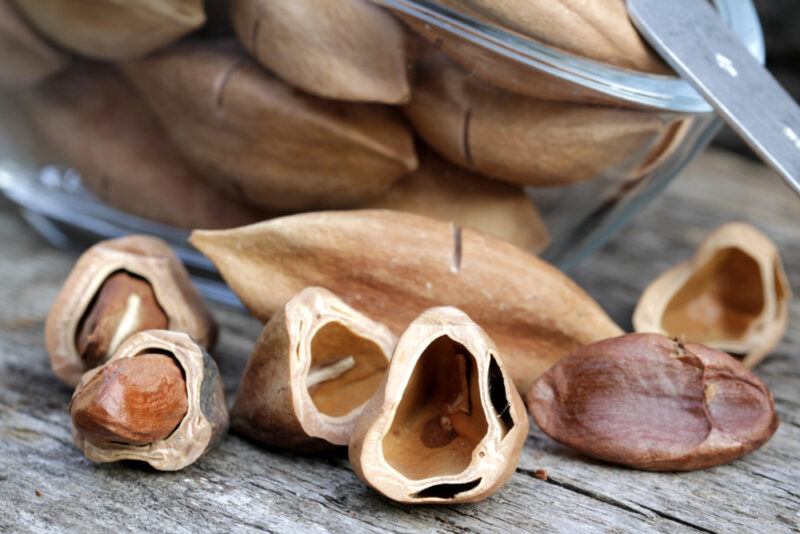
Pili nut is a species of a tropical tree that is native to the Philippines. The drupe is about 4-7 cm long with a diameter of 2.3-3.8 cm. It has smooth, thin, and shiny skin that turns purplish-black as it ripens. Pili nuts taste like a cross between Brazil nuts and macadamia nuts.
Pili nuts actually provide all of the essential amino acids. It also contains manganese, calcium, phosphorus, potassium, and magnesium.
These nuts come in a variety of forms – dry roasted, unsalted, sprouted, and butter. And because it contains a high amount of fats, oil can also be extracted from it. Pili nuts can also be used to make yogurt.
Pine nuts
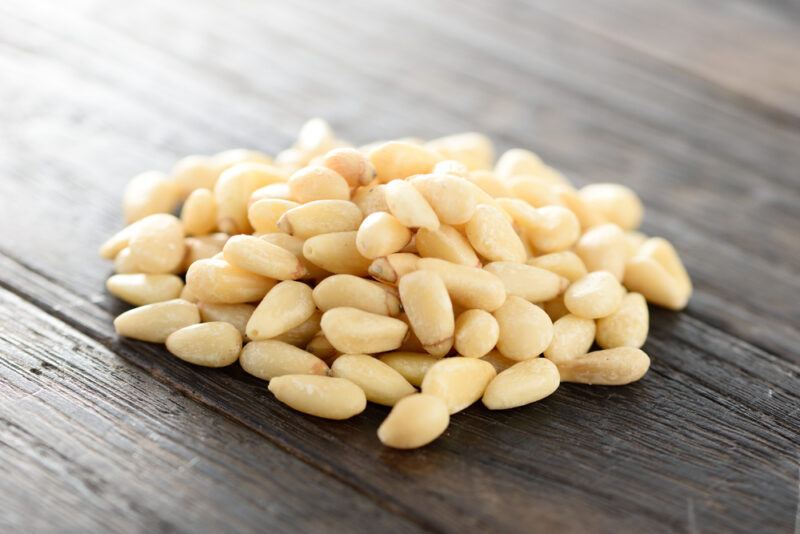
Pine nuts, also called pinoli, pinon, or pignoli, are the seeds of pine trees. These trees, approximately only twenty known species produce seeds that are large enough for harvesting, take about 15-25 years to begin producing seeds. These teardrop-shaped seeds are found in the pine cones which takes about a year and a half before it fully matures.
Pine nuts in addition to their antioxidant contents are also rich in iron, magnesium, zinc. It also contains dietary fiber, phosphorus, calcium, manganese, and vitamins E and K.
Aside from being a delicious and crunchy topping for salad, pine nuts are also perfect when making sauces, pesto, or desserts.
Pistachios
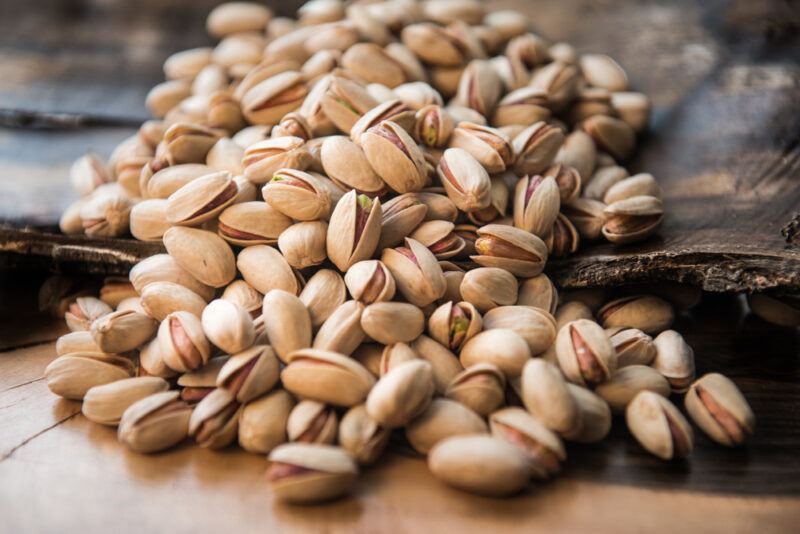
Pistachios are actually a member of the cashew family. This tree is native to Central Asia and its seeds were already a common food as early as 6750 BC. Pretty amazing, right? The fruit has a hard and cream-colored shell with a mauve-colored seed inside with flesh that is somewhat light green in color.
Pistachios are high in fiber, protein, and antioxidants – particularly lutein and zeaxanthin. It also contains vitamin B6 and potassium and a noticeable amount of essential amino acids. It also has a low glycemic index.
Pistachios can also be used in baking and cooking besides being a great snack. Just be wary of in-shell and shelled pistachios available in grocery stores because most are heavily salted. It’s best to opt for unsalted roasted ones.
Walnuts

Walnuts are also one of the drupaceous nuts. It comes from major species of walnuts that are grown particularly for their seeds. Walnuts are rounded and single-seeded stone fruits. As the fruit ripens, its husk turns brittle and the shell becomes hard. Inside the shell is the kernel with a brown seed coat.
Walnuts are particularly high in omega 6 fatty acid and linoleic acid. It’s also an excellent source of copper, folic acid, phosphorus, manganese, vitamins B6 and E, and antioxidants.
Aside from snaking walnuts straight up (brown skin and all because it contains a lot of antioxidants!), you can also use it to top your oatmeal, cereals, salads, and yogurt. They’re also quite versatile and can be used as well both in sweet and savory dishes.

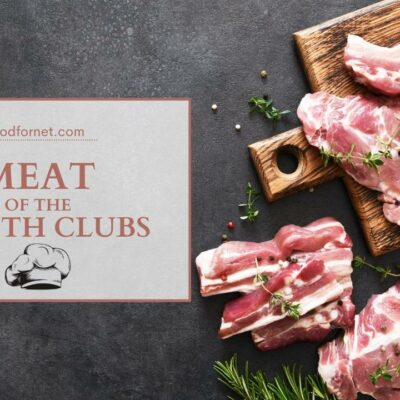

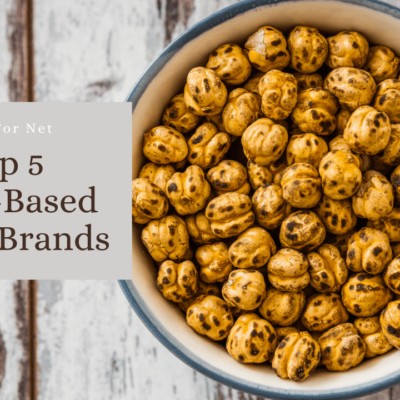
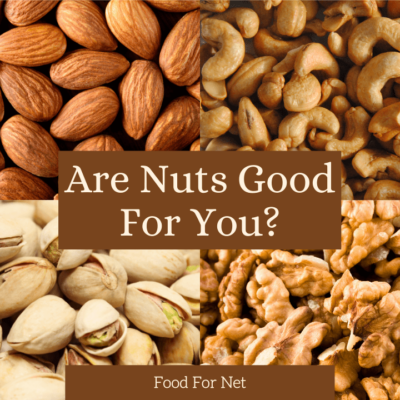
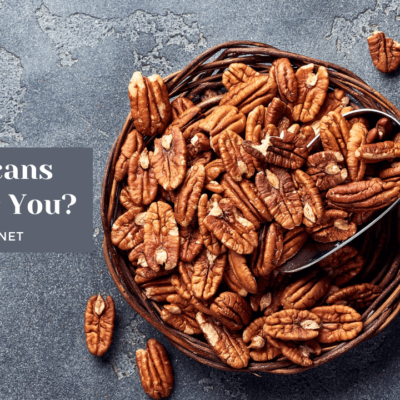

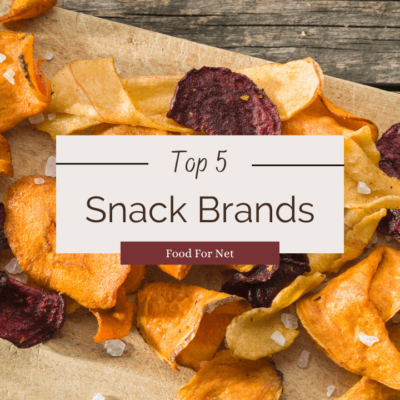
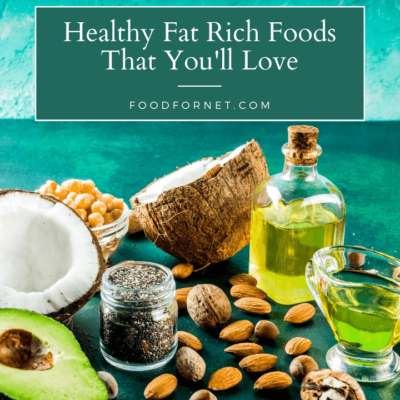

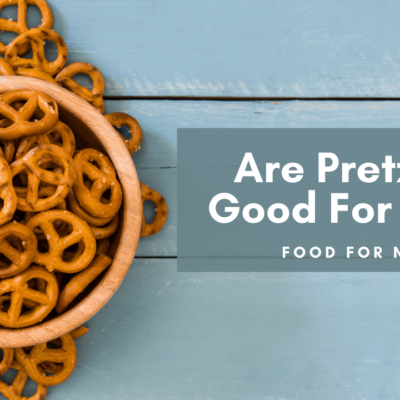




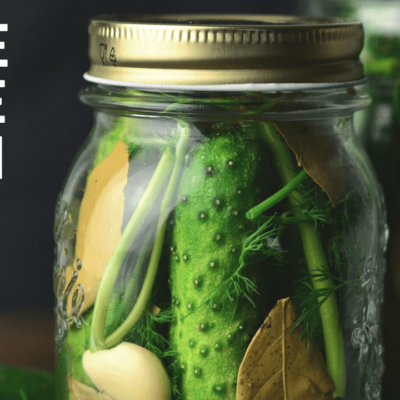

 Is Hot Yoga Good For You?
Is Hot Yoga Good For You?
Leave a Reply